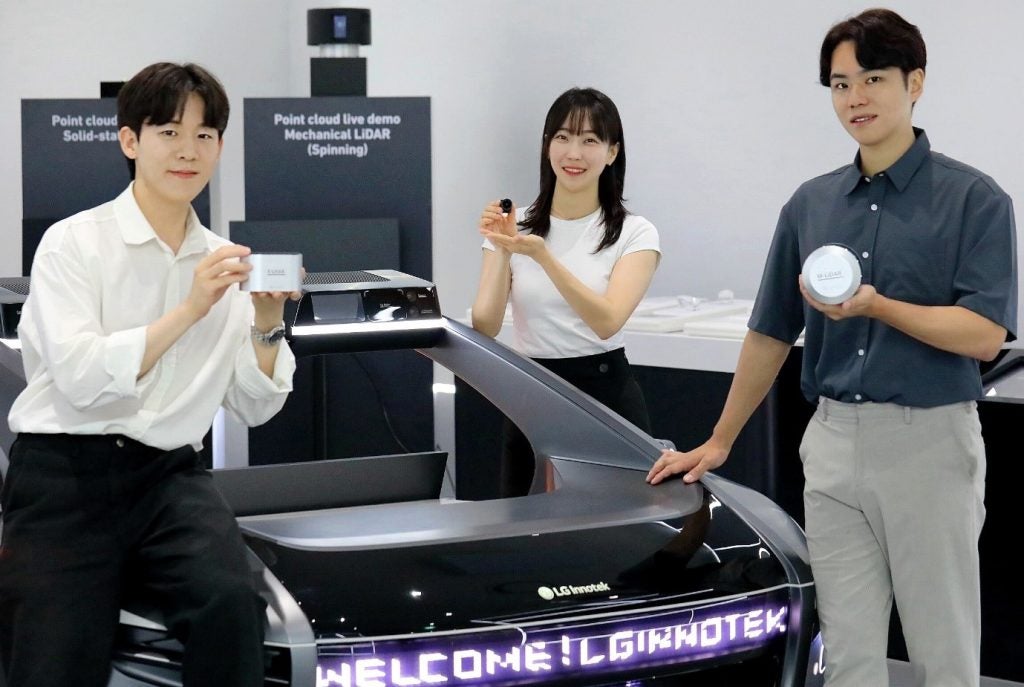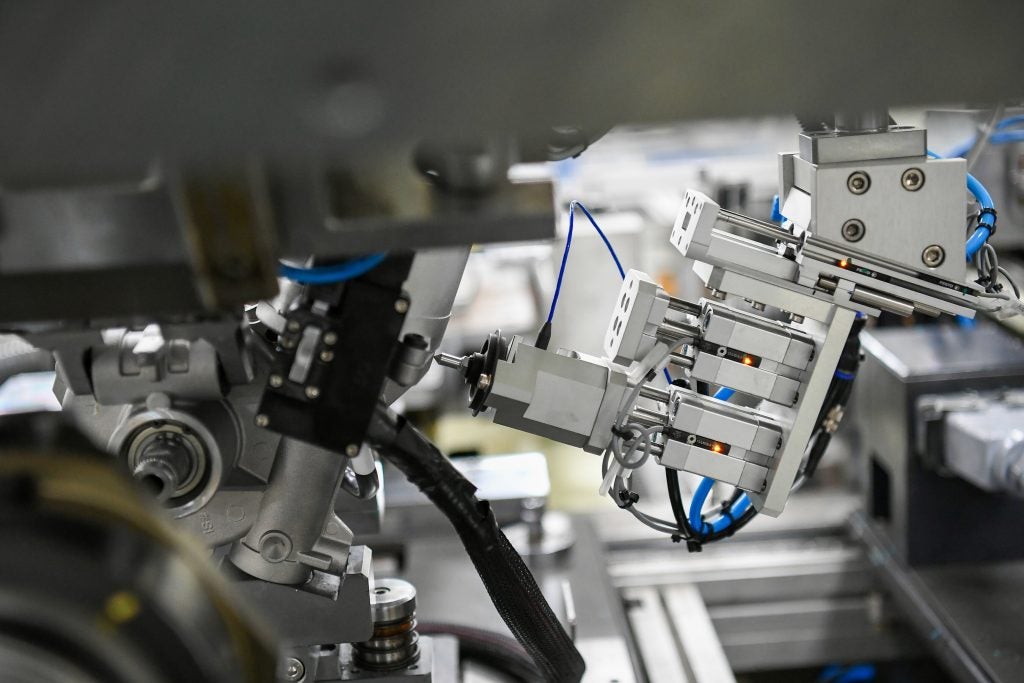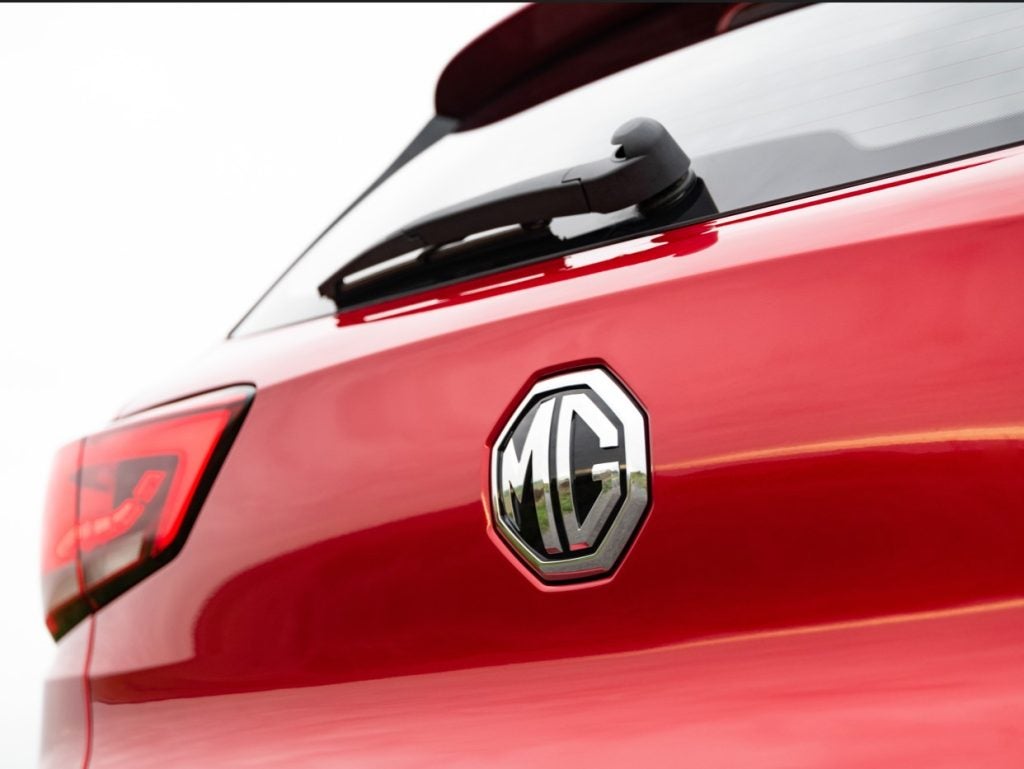The automotive industry continues to be a hotbed of innovation. Activity is driven by factors such as growing complexity in product designs, and growing importance of technologies such as connected vehicles, electrification, artificial intelligence (AI), and cloud. In the last three years alone, there have been over 1.2 million patents filed and granted in the automotive industry, according to GlobalData’s report on Cloud in Automotive: AI-assisted CAD. Buy the report here.
According to GlobalData’s Technology Foresights, which uses over 619,000 patents to analyse innovation intensity for the automotive industry, there are 290+ innovation areas that will shape the future of the industry.
AI-assisted CAD is a key innovation area in cloud
For automated decision-making (ADM), AI is deployed in CAD, which is a process of applying AI algorithms to data collecting, processing, modelling, and use in support of automated choices. The decision-making process is eventually examined and appraised based on the feedback received from the decisions.
GlobalData’s analysis also uncovers the companies at the forefront of each innovation area and assesses the potential reach and impact of their patenting activity across different applications and geographies. According to GlobalData, there are 80+ companies, spanning technology vendors, established automotive companies, and up-and-coming start-ups engaged in the development and application of AI-assisted CAD.
Key players in AI-assisted CAD – a disruptive innovation in the automotive industry
‘Application diversity’ measures the number of different applications identified for each relevant patent. It broadly splits companies into either ‘niche’ or ‘diversified’ innovators.
‘Geographic reach’ refers to the number of different countries each relevant patent is registered in. It reflects the breadth of geographic application intended, ranging from ‘global’ to ‘local’.
Patent volumes related to AI-assisted CAD
Source: GlobalData Patent Analytics
AI has been rapidly expanding as a different computing paradigm over the past ten years. Although the concept dates to the 1950s, advancements in algorithms, adequate technology, and sufficient training data were required for AI to become a useful and potent tool. The development of computing hardware has been a crucial component of the AI renaissance and will continue to be crucial for the realisation of future AI applications.
One of the leading patent filers in this space, Taiwan Semiconductor Manufacturing Company’s cutting-edge logic, memory, and packaging capabilities are particularly well positioned to provide the most cutting-edge AI hardware. TSMC has created a research pipeline that supports cutting-edge AI systems, circuits, and devices for many years to come. Specific AI hardware research topics include near and in-memory computing, embedded non-volatile memory technologies, 3D integration, and error-resistant computing.
Other leading companies in this field include Halliburton, Robert Bosch Stiftung, General Motors, and IBM.
To further understand how cloud is disrupting the automotive industry, access GlobalData’s latest thematic research report on Automotive.
Data Insights
From

The gold standard of business intelligence.
Blending expert knowledge with cutting-edge technology, GlobalData’s unrivalled proprietary data will enable you to decode what’s happening in your market. You can make better informed decisions and gain a future-proof advantage over your competitors.







